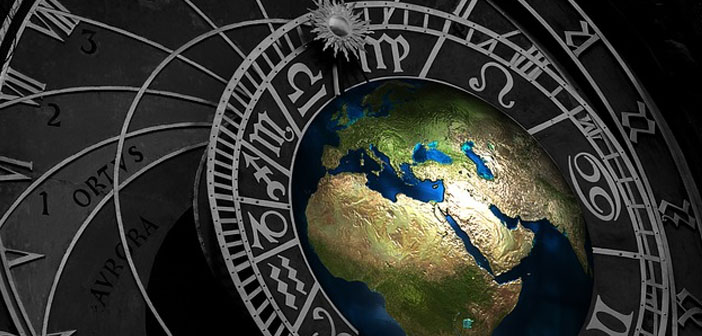
Criticism
The most difficult challenge to the theory is through observations in ancient astronomy, especially those of solar eclipses cited by European sources prior to 600 AD (when phantom time would have distorted the chronology). Besides several others that are perhaps too vague to disprove the phantom time hypothesis, two in particular are dated with enough precision to disprove the hypothesis with a high degree of certainty. One reported by Pliny the Elder in his Natural History: "The eclipse of the Sunne, which chanced before the Kalends of Maij, when as Vipsanus and Fonteius were Consuls, (and that was not many yeeres past) was seene in Campania betweene the 7 and 8 houres of the day"[9] in 59 AD; and one as reported in Photius' epitome of Philosturgius' lost history: "When Theodosius had entered the years of boyhood, on the 19th of July, a little after noon-day, the sun was so completely eclipsed that the stars appeared"[10] in 418 AD. Both of these dates and times have confirmed eclipses. In addition, observations during the Tang Dynasty in China, and Halley's Comet, for example, are consistent with current astronomy with no "phantom time" added.[11][12] Archaeological remains and dating methods such as dendrochronology refute, rather than support, "phantom time".[13] The Gregorian reform was never purported to bring the calendar in line with the Julian calendar as it had existed at the time of its institution in 45 BC, but as it had existed in 325, the time of the Council of Nicaea, which had established a method for determining the date of Easter Sunday by fixing the Vernal Equinox on March 21 in the Julian calendar. By 1582, the astronomical equinox was occurring on March 10 in the Julian calendar, but Easter was still being calculated from a nominal equinox on March 21. In 45 BC the astronomical vernal equinox took place around March 23. Illig's "three missing centuries" thus correspond to the 369 years between the institution of the Julian calendar in 45 BC, and the fixing of the Easter Date at the Council of Nicaea in AD 325.[14] If Charlemagne and the Carolingian dynasty were fabricated, there would have to be a corresponding fabrication of the history of the rest of Europe, including Anglo-Saxon England, the Papacy, and the Byzantine Empire. The "phantom time" period also encompasses the life of Muhammad and the Islamic expansion into the areas of the former Roman Empire, including the conquest of Visigothic Spain. This history too would have to be forged or drastically misdated. It would also have to be reconciled with the history of the Tang Dynasty of China and its contact with Islam, such as at the Battle of Talas.[12][15]